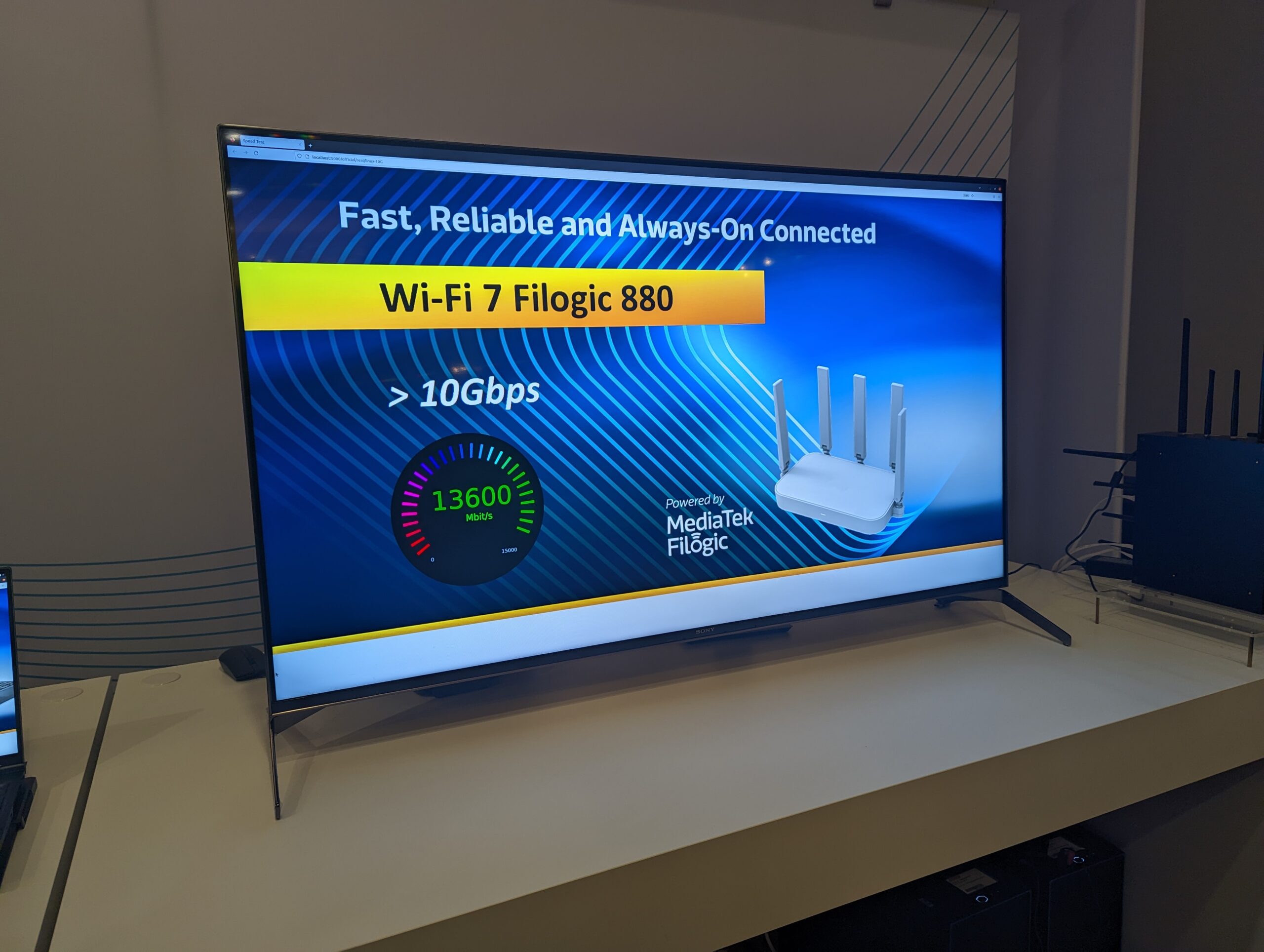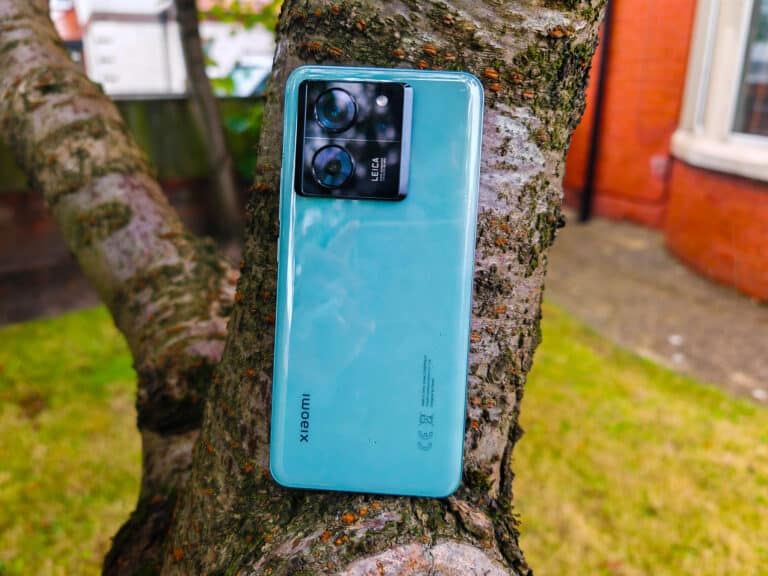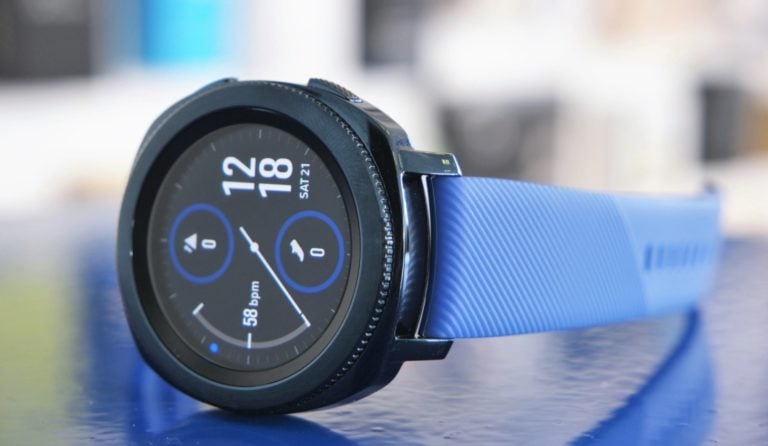Any links to online stores should be assumed to be affiliates. The company or PR agency provides all or most review samples. They have no control over my content, and I provide my honest opinion.
Mediatek previously announced the Filogic 880 and 380 back in May. These two new chipsets will bring WiFi 7 to routers and laptops.
I previously wrote about the chipsets but a quick recap:
MediaTek Filogic 880 Features
- Support for key WiFi 7 technologies such as 4096-QAM, 320MHz, MRU and MLO
- Flexibility to scale to pentaband 36Gbps speeds
- Support up to 10Gbps in one channel
- Support for OFDMA RU, MU-MIMO and MBSSID
MediaTek Filogic 380 Features
The Filogic 380 is a stand-alone, single-chip 6nm WiFi 7 and Bluetooth 5.3 combo solution designed to deliver best-in class connectivity. It is optimised for smartphones, TVs, notebooks, set-top boxes, OTT streaming devices and many other consumer electronics devices that are powered by MediaTek SoCs.
Key features of the Filogic 380 include:
- Support for key WiFi 7 technologies such as 4096-QAM, 320MHz, MRU and MLO
- Support for MLO offering up to 6.5Gbps speeds
- Support up to 5Gbps in one channel
- Support for 2.4GHz, 5GHz and 6GHz bands
- Support for dual 2×2 radios for dual-band simultaneous operation
- Latest Bluetooth 5.3 with LE Audio
Mediatek WiFi 7 Demo
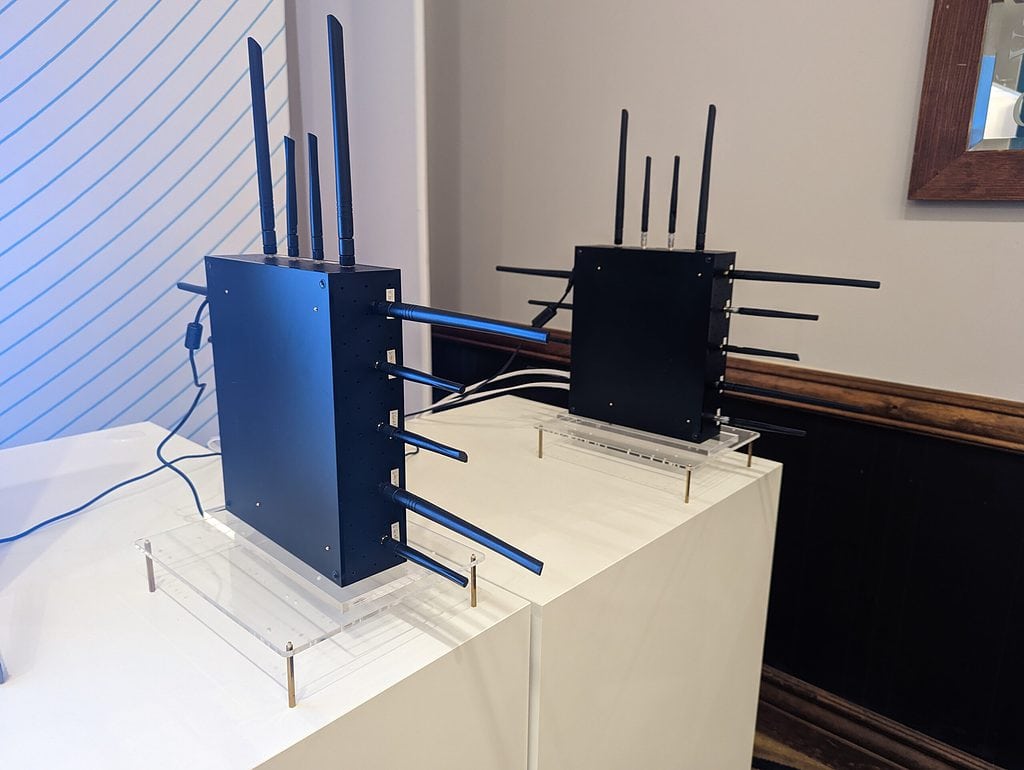
At the Mediatek Summit in Sonoma this year, the company had some demos on to show WiFi 7 working in real life.
It was an impressive demo, but it was geared up to show theoretical speeds rather than what users will actually see.
With the router to laptop demo, they had external antennas connected to the module to get the best speeds. With this connection, they use multi-link operation (MLO) using 6GHz and 2.4Ghz. The 6Ghz channel was 320MHz wide and was connecting using 2×2 MIMO as you would normally expect a client to use.
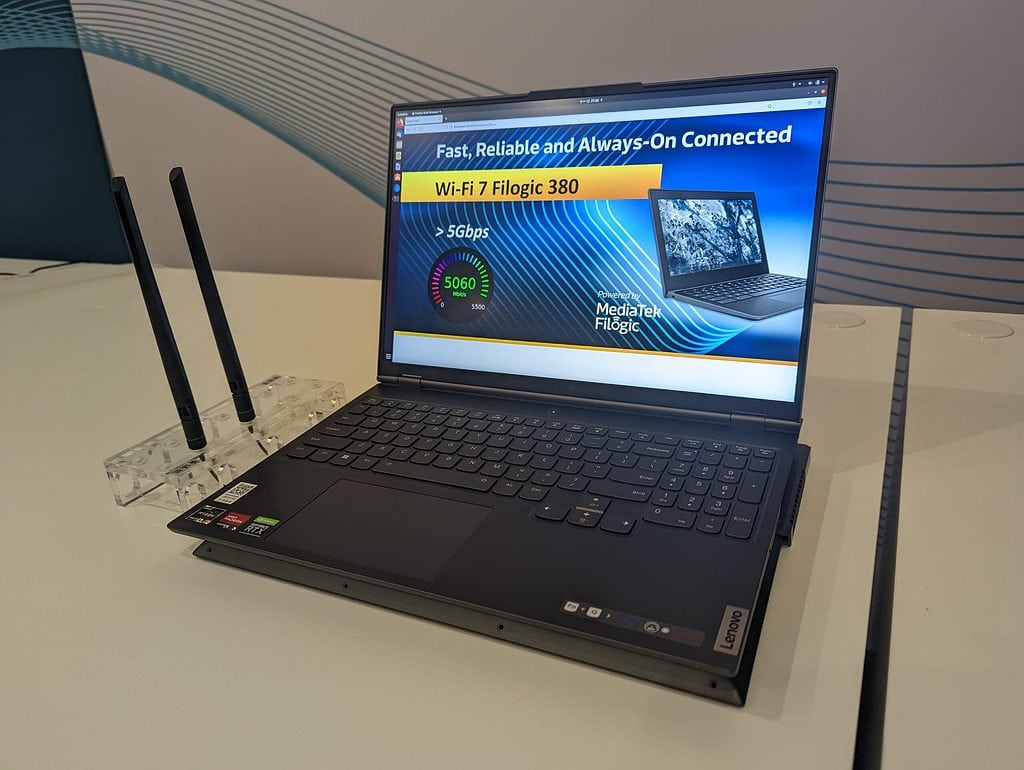
With the Filogic 380 router-to-router demo, they had the routers connected with 160MHz 5GHz and 320MHz 6GHz MLO using 4×4 MIMO. This is not a configuration any user is likely to use. Home users would likely use 4×4 5GHz @160MHz for the backhaul between mesh nodes.
Even though the demo didn’t show realistic real-life scenarios, it was impressive to such a high throughput over WiFi.
I am James, a UK-based tech enthusiast and the Editor and Owner of Mighty Gadget, which I’ve proudly run since 2007. Passionate about all things technology, my expertise spans from computers and networking to mobile, wearables, and smart home devices.
As a fitness fanatic who loves running and cycling, I also have a keen interest in fitness-related technology, and I take every opportunity to cover this niche on my blog. My diverse interests allow me to bring a unique perspective to tech blogging, merging lifestyle, fitness, and the latest tech trends.
In my academic pursuits, I earned a BSc in Information Systems Design from UCLAN, before advancing my learning with a Master’s Degree in Computing. This advanced study also included Cisco CCNA accreditation, further demonstrating my commitment to understanding and staying ahead of the technology curve.
I’m proud to share that Vuelio has consistently ranked Mighty Gadget as one of the top technology blogs in the UK. With my dedication to technology and drive to share my insights, I aim to continue providing my readers with engaging and informative content.

